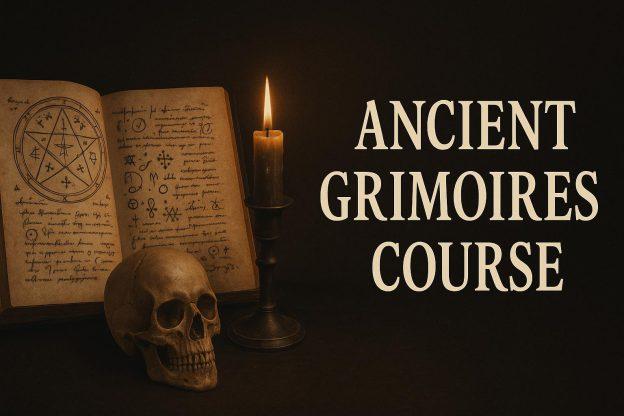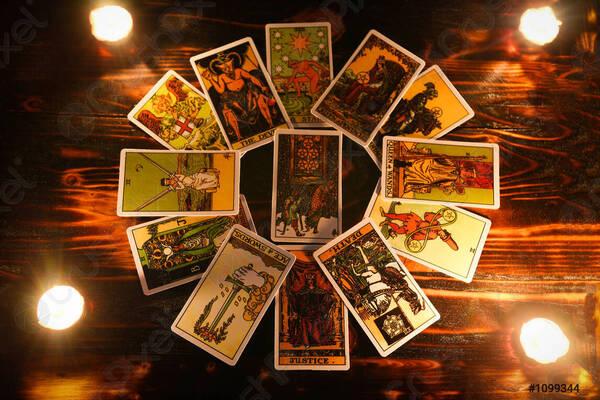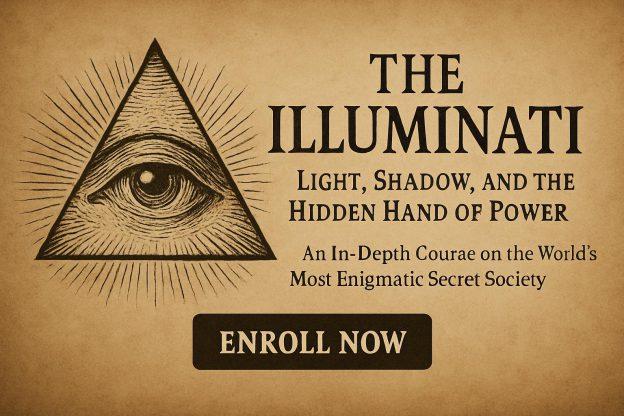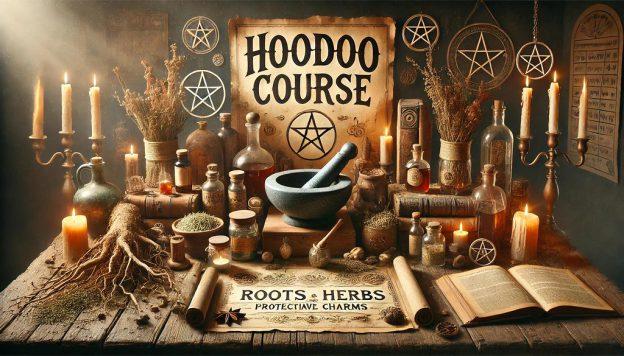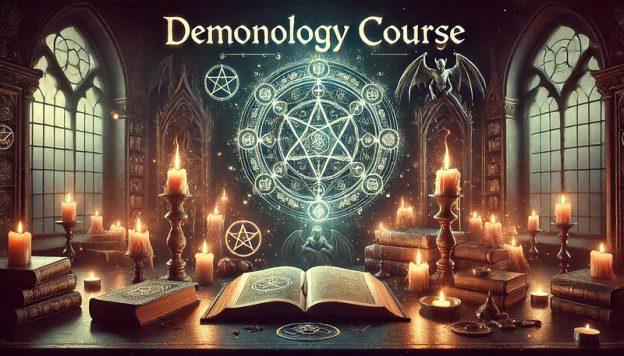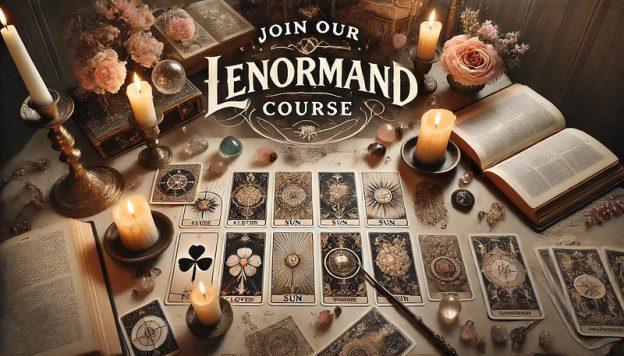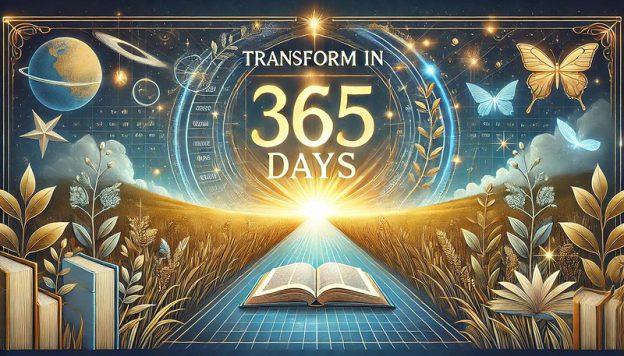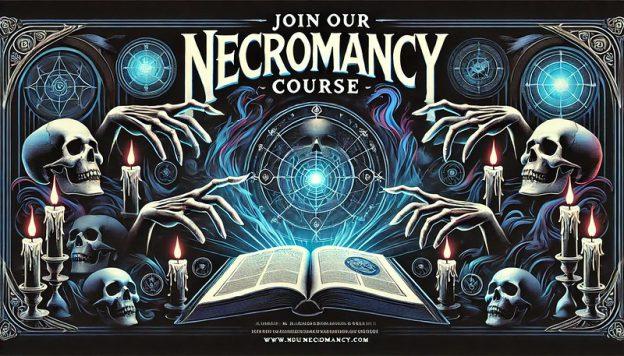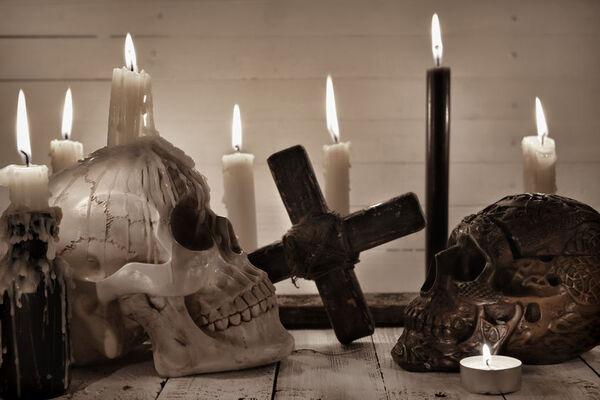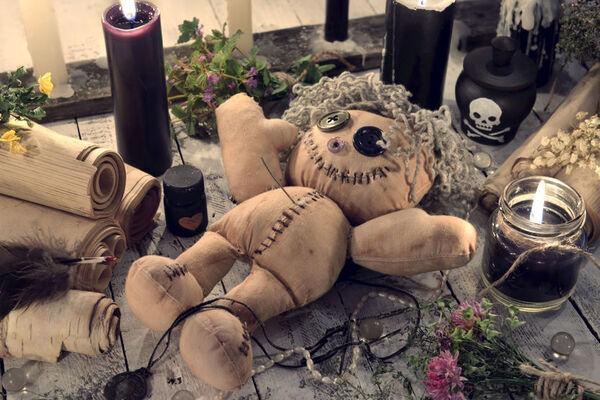Modern Norse Paganism Thrives in Iceland’s Summer Solstice Celebrations

Þingvellir National Park, Iceland – 21 June 2025
As the midnight sun illuminated Iceland’s vast horizon, members of the Ásatrúarfélagið (Ásatrú Fellowship of Iceland) gathered to mark the summer solstice, continuing one of the world’s most visible revivals of ancient Norse spirituality.
Founded in 1972 and officially recognised as a religion in 1973, the Ásatrú Fellowship has grown steadily over the past five decades, blending historical sources with contemporary values. Its ceremonies — known as blót — honour the gods and spirits of pre-Christian Scandinavia, including Odin, Freyja, and Thor, while offering mead or symbolic gifts to nature and the ancestors.
Ancient Roots, Modern Form
The term Ásatrú means “faith in the Æsir,” referring to the principal Norse deities. Its modern revival in Iceland draws upon medieval literature such as the Poetic Edda, Prose Edda, and the Icelandic sagas, which preserve much of the region’s pre-Christian worldview.
While modern Ásatrú is not an attempt to reconstruct the past exactly, it seeks to restore a spiritual connection to the natural world — an idea deeply rooted in Norse cosmology. The Fellowship’s ceremonies often take place outdoors, particularly at sacred landscapes like Þingvellir National Park, the ancient site of Iceland’s first parliament.
Cultural and Spiritual Renewal
Today, Ásatrú is Iceland’s largest non-Christian faith, with over 7,000 registered members, according to Statistics Iceland. Its growing appeal reflects a broader movement across Northern Europe and North America toward polytheistic and earth-based religions.
While some adherents incorporate aspects of seiðr — an ancient Norse shamanic practice involving trance and prophecy — these are typically small-scale and personal rather than public spectacles. Scholars such as Dr. Terry Gunnell of the University of Iceland note that Ásatrú’s modern expression is “a blend of cultural identity, ecological awareness, and mythic imagination.”
Faith in Harmony with Nature
The solstice celebration, like all Ásatrú rites, centres on balance between humans and the natural world. Offerings are symbolic rather than sacrificial, accompanied by readings from the Edda, music, and shared feasting. The tone is communal rather than dogmatic — a spiritual homecoming rather than an act of protest.
The continued strength of Iceland’s Ásatrú movement highlights how ancient traditions can evolve without losing their essence, bridging the gap between myth and modern life.
Sources:
– Ásatrúarfélagið Official Site
– BBC: “The Return of the Old Norse Gods” (2023)
– Statistics Iceland (Hagstofa Íslands): Religious Organisations, 2025
– University of Iceland: Terry Gunnell – Research on Old Norse Religion and Ritual
